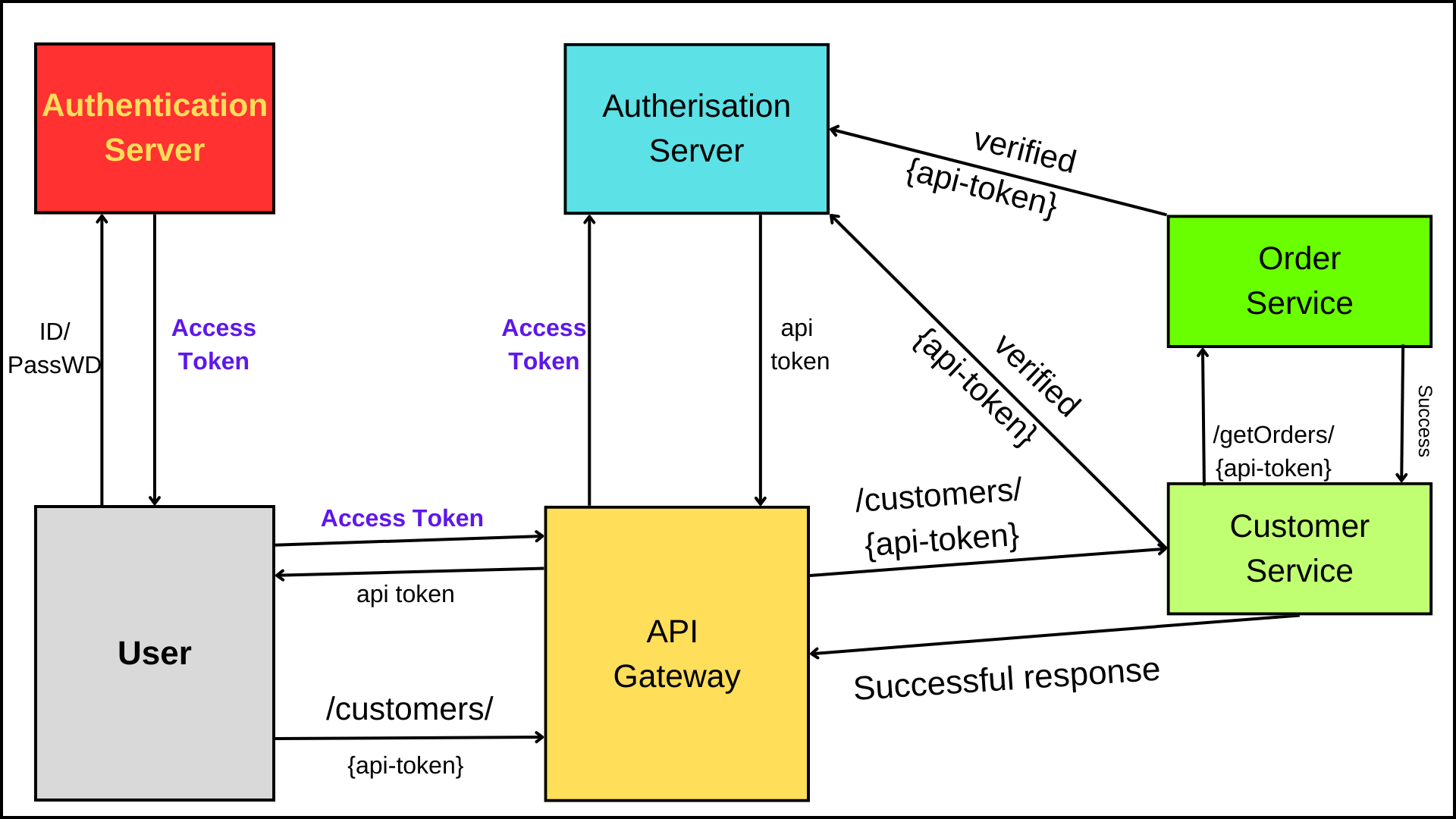Posted inInterview Questions
Kubernetes basic concepts in 5 mins
Kubernetes basic concepts in 5 minsCreate new Kubernetes projectConfig file for creating clusterCommand to create a cluster named 'local'Verification of new nodes created on kubernetesInstall kubectlOption-1 to install kubectlOption-2 to…








